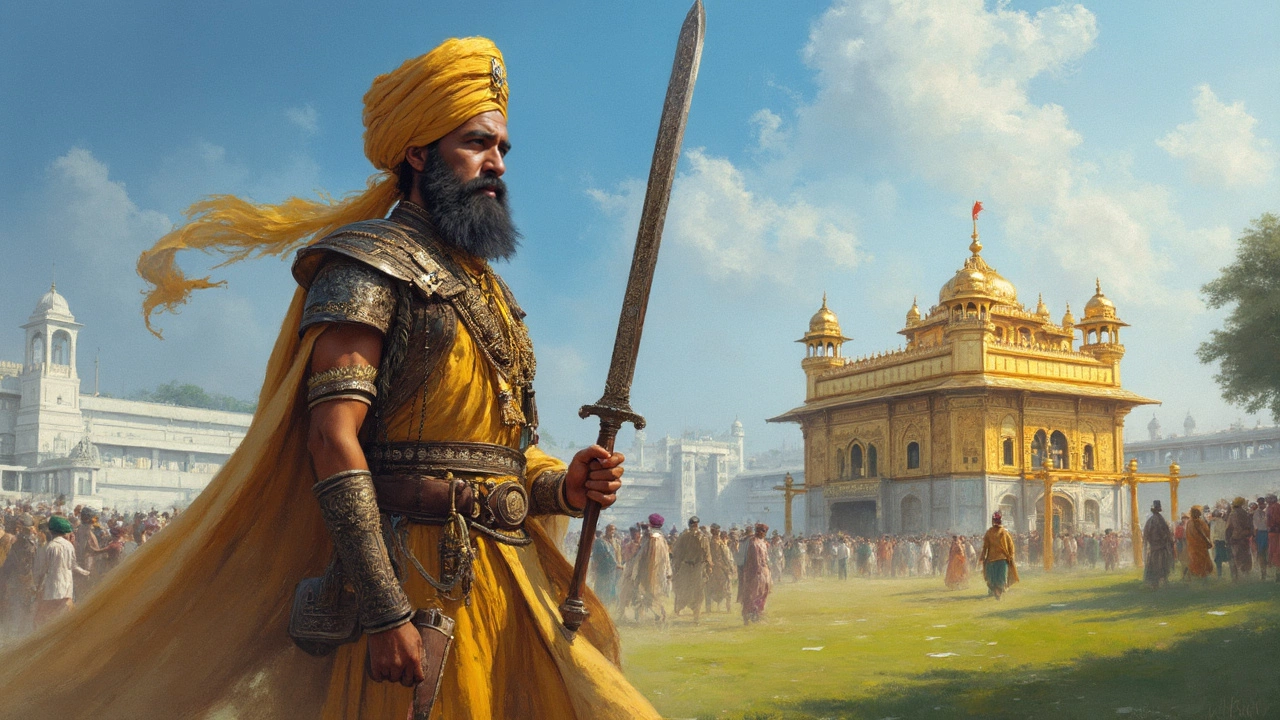Sikh Faith: What It Means and How It Shapes Everyday Life
If you’ve ever wondered what Sikhism is all about, you’re not alone. It’s a religion that started in the Punjab region about 500 years ago and today has millions of followers worldwide. At its heart, Sikhism teaches one God, equality for all, and the importance of honest work and community service. The teachings are captured in the Guru Granth Sahib, the holy book, and in the lives of ten Gurus who guided the faith.
One of the most visible signs of Sikh identity is the practice of keeping hair uncut. Many Sikhs wear a turban, which not only protects the hair but also signals pride and respect. The turban, known as a pagri, comes in many colors and styles, each carrying personal or regional meaning. For men, the turban is often paired with a short beard, while women may also choose to cover their hair or keep it free, depending on personal choice.
Jewelry and Accessories in Sikh Culture
Jewelry isn’t just decoration in Sikh culture – it’s often a way to honor heritage and celebrate milestones. Simple gold or silver chains, known as kurbits, might be given at a wedding or a significant religious ceremony. Many Sikh families also wear pendants with the Khanda symbol, a double-edged sword that represents divine knowledge and the balance of spiritual and temporal power. These pendants can be worn on a chain, a bracelet, or even a ring.
While Sikhism encourages modesty, it doesn’t forbid the use of ornaments. The key is to avoid anything that could be a distraction during prayer. That’s why you’ll often see modest stud earrings or a plain gold bangle rather than heavy, overly flashy pieces. For those who love a bit of sparkle, a single small pearl or a discreet gemstone set in a simple setting works well.
Everyday Practices That Connect Faith and Style
Beyond jewelry, Sikh traditions seep into daily habits. The communal kitchen, or langar, serves free meals to anyone who walks in, reinforcing the belief that everyone is equal. When you attend a Gurdwara (Sikh temple), you’ll remove your shoes, cover your head, and sit on the floor – simple actions that show respect for the space and the people around you.
These practices also influence what you wear. Comfortable, modest clothing is preferred, especially at the gurdwara. Many choose plain shirts, simple trousers, and the occasional kurta for festivals. The focus stays on humility and devotion rather than on flashy fashion.
Understanding Sikh faith isn’t about memorizing a list of rules; it’s about seeing how belief translates into everyday choices – from how you greet others with a warm "Sat Sri Akal" to the subtle way you wear a symbol of your identity. Whether you’re exploring the meaning behind a Khanda pendant, learning why a turban matters, or simply respecting the tradition of langar, each piece adds to a richer picture of Sikh life.
So, the next time you see someone wearing a simple gold chain with a Khanda, you’ll know it’s not just an accessory – it’s a reminder of a faith that values equality, service, and honest living. And if you’re curious about trying out a piece yourself, look for modest designs that honor the spirit without stealing the focus. That’s the essence of Sikh style: respectful, meaningful, and deeply connected to the community.
The Kirpan: History and Significance in Sikhism
The Kirpan is more than just a ceremonial sword for Sikhs; it's a profound symbol of spirituality, courage, and dignity. Explore its rich history from its origins in Guru Gobind Singh's time to its role in modern Sikh identity. Discover why Sikhs wear the Kirpan daily and how it represents their values of justice and protection. Learn the legal aspects and cultural significance of this sacred emblem.
The Kirpan: A Symbol of Sikh Faith and its Rich History
The Kirpan is more than just a small sword or dagger; it is a symbol of bravery, justice, and truth in Sikhism. This article explores its historical roots, cultural significance, and the reasons why it continues to hold a place of reverence today. By understanding the Kirpan, one delves deeper into the core values of the Sikh faith and its call for justice and righteousness.






